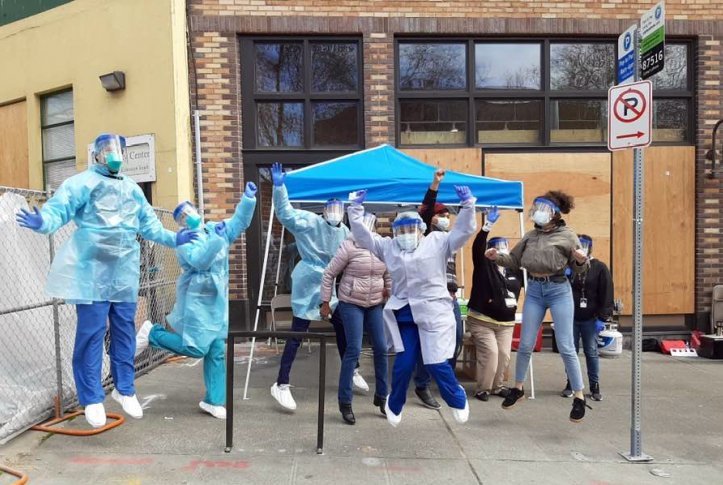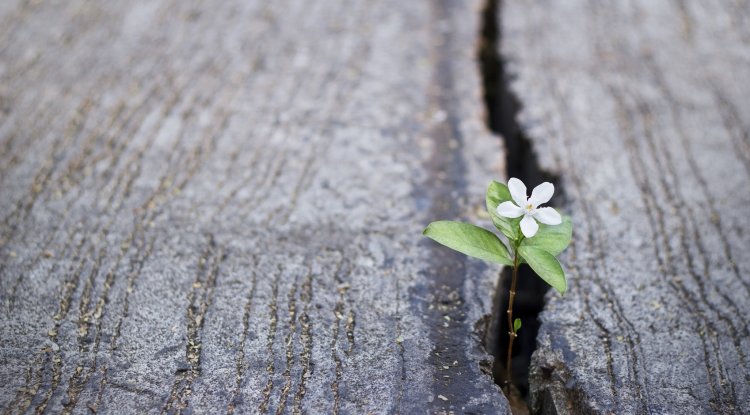How American Indian and Alaska Native Communities' Health Crisis Is Being Powered by Poor Housing
Numerous American Indian and Alaska Native communities in the United States endure living conditions that subtly but significantly undermine their health and sense of self. The devastating effects of substandard housing on Indigenous health are one of the nation's most neglected concerns, and the effects of colonization continue long after treaties were signed and lands were seized.

This narrative is about more than just buildings collapsing. It is about generations of lives lost, chronic illness flourishing in walls that are collapsing, and the pressing need to redefine public health protection, beginning at home.
Broken Foundations, Stolen Lands
The lives of American Indians and Alaska Natives were drastically altered when the U.S. government took more than 1.5 billion acres of Indigenous territory starting in 1776. Historian Claudio Saunt appropriately refers to this as a "invasion." The loss of opportunity, autonomy, and infrastructure accompanied the loss of land. This heritage manifests itself in the twenty-first century as mold-infested walls, malfunctioning plumbing, and overcrowded, cramped dwellings.
Compared to residences elsewhere, housing on reservations is four times more likely to be subpar. In many areas, homes lack basic amenities like clean water, stable heat, or sturdy foundations, and nearly one in three indigenous households are overcrowded.
However, the drywall, brick, and wood are not the only aspects of the true story. It concerns the fate of those who are inside.
How Housing Affects Health
Imagine residing in a house with exposed wiring, inadequate ventilation, or a roof that leaks whenever it rains. This is not hypothetical for many Indigenous families; it is part of their everyday existence. In addition to making life miserable, many environmental stresses cause illnesses in people.
Poor housing conditions are closely linked to high rates of infections, diabetes, heart disease, and asthma. A poisonous concoction of hazards is created by mold from water damage, lead exposure from ancient pipes, and tainted water systems. Even basic hygiene in some houses is unpredictable, putting people at risk for avoidable diseases.
The risks increase for those with chronic illnesses or disabilities. The disability rate among Indigenous adults is 50% greater than the national norm.
Additionally, unstable electricity might result in potentially fatal situations for those who depend on medical equipment like electric wheelchairs or ventilators.
Individual Recollections, Group Reality
These were daily reminders of federal negligence and unfulfilled promises, not occasional eyesores.
Nearly twice as many American Indian and Alaska Native persons as the national average lived below the poverty level in 2019 (20%). A fundamental component of health and well-being, housing is frequently unaffordable or severely harmed by the systemic poverty that surrounds it.
Housing as a Health Need and a Human Right
Housing must be discussed if we wish to discuss health equity in our nation. And not just any housing, but housing that has been thoughtfully planned for lifespan, accessibility, and care.
This implies:
Mold and respiratory disease prevention ventilation systems
Principles of universal design that provide accessibility for the elderly and disabled
Infrastructure for power and water that is dependable and promotes safety and health
Eco-friendly materials that do not release pollutants into the land or air
Making sure that residences represent the customs, values, and distinct requirements of every tribal nation—rather than merely imposing generic government templates on ancestral lands—is another important consideration.
Federal Responsibility Must Be Equal to Federal Support
Although the United States government is legally required by treaties to provide housing and healthcare for Native tribes, funding has been erratic and woefully insufficient. The majority of tribes do not greatly profit from gaming money, despite the belief held by some that casino earnings constitute a lifeline. For those that do, their money frequently is not sufficient to cover their extreme needs.
The Native American Housing Assistance and Self-Determination Act (S.2264), which gives tribal housing programs inflation-adjusted financing, is one ray of optimism. However, reauthorizing and expanding this Act might easily be abandoned in the absence of political will and public pressure.
Actions You Can Take
Promoting housing fairness is a moral requirement as well as a policy concern. This is how you can assist:
Urge your congressional representatives to support and fully fund S.2264 through 2032 by giving them a call or writing to them.
Insist that new tribe housing adhere to health, accessibility, and cultural integrity criteria, such as universal design, clean water, and air quality.
Encourage land-back initiatives and regulations that give tribes the opportunity to reclaim control of their ancestral lands through trust transfers.
Inform people on the relationship between housing and health in Indian Country. Being aware is an effective technique.
Health Building, One House at a Time
Enhancing housing on tribal grounds is important for reasons other than economics or aesthetics; it is also important for preserving life, restoring dignity, and respecting sovereignty. A well-constructed, secure home is not an extravagance. It serves as a springboard for health, education, economic opportunity, and cultural continuity.
The nation's promises will not be achieved until every American Indian and Alaska Native family has access to housing that supports them rather than detracts from them. However, there is still time to create something better.
And we are where the blueprint begins.
What's Your Reaction?




















